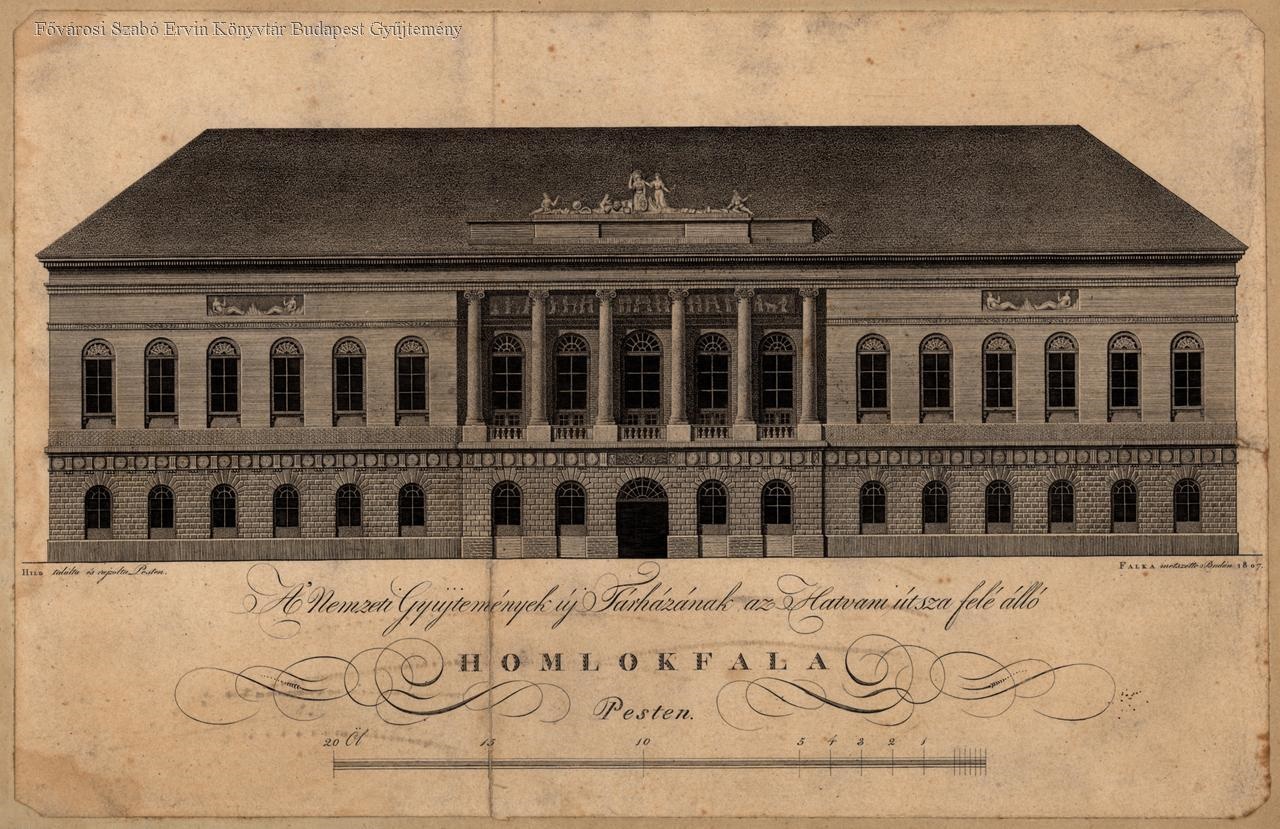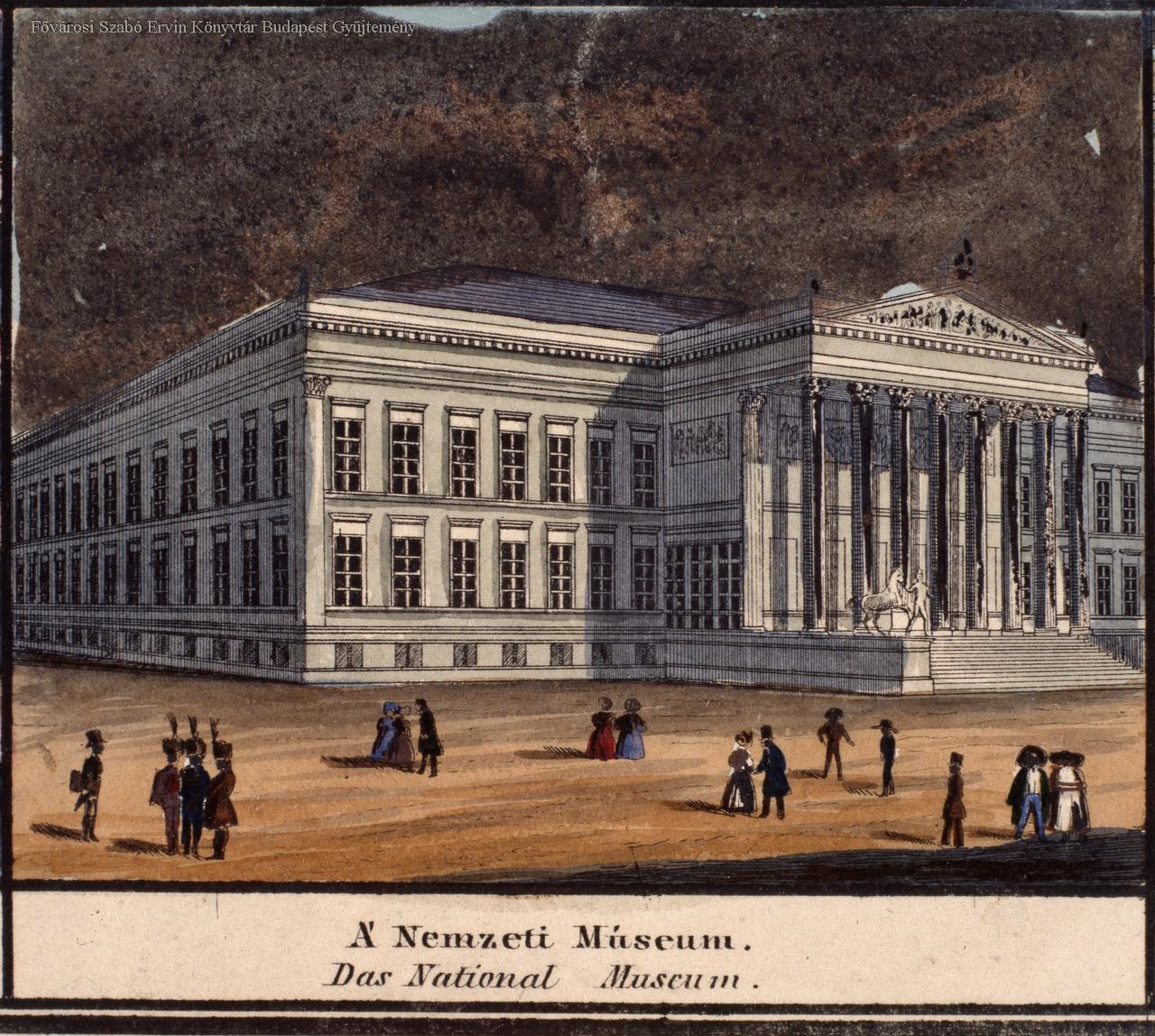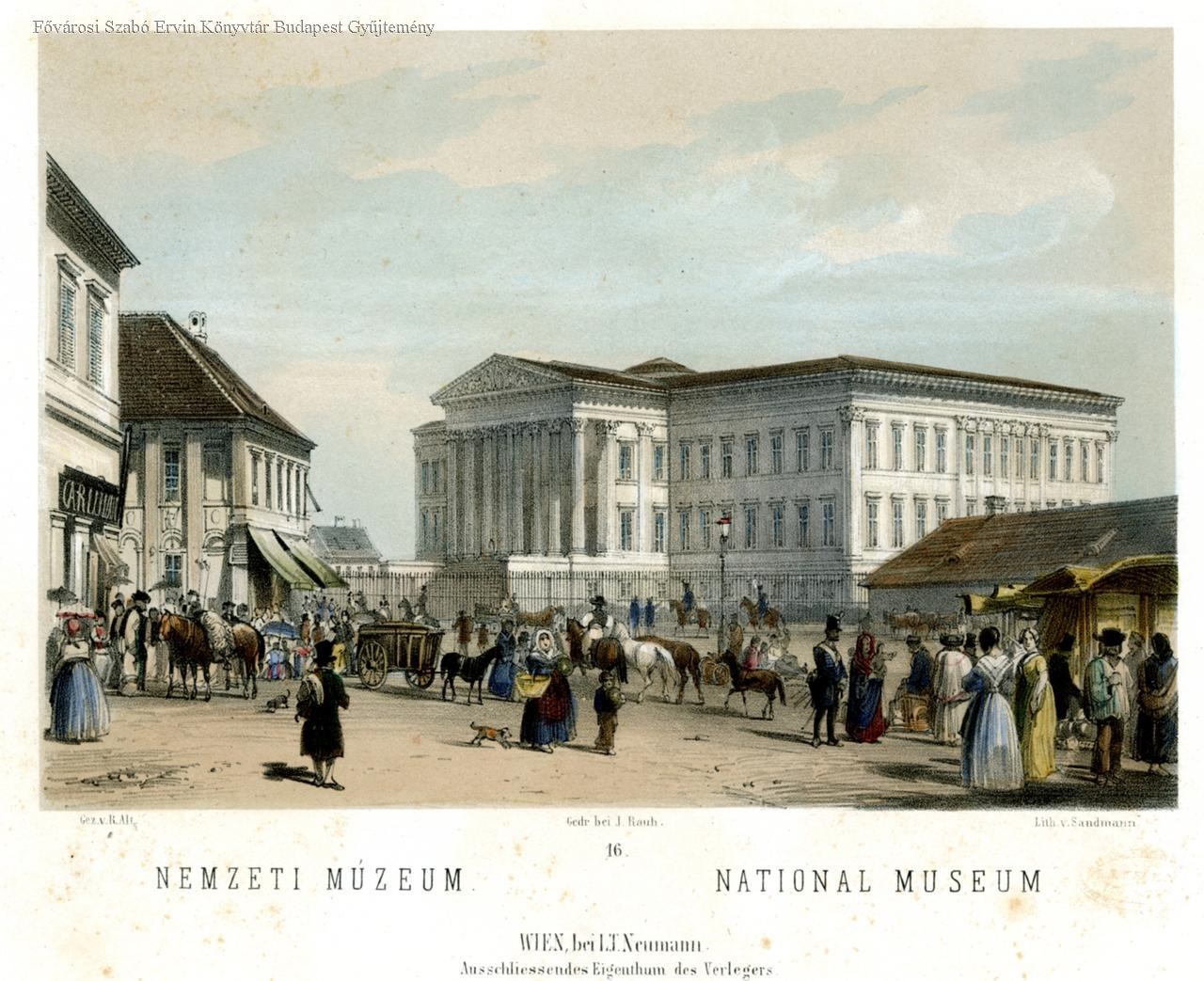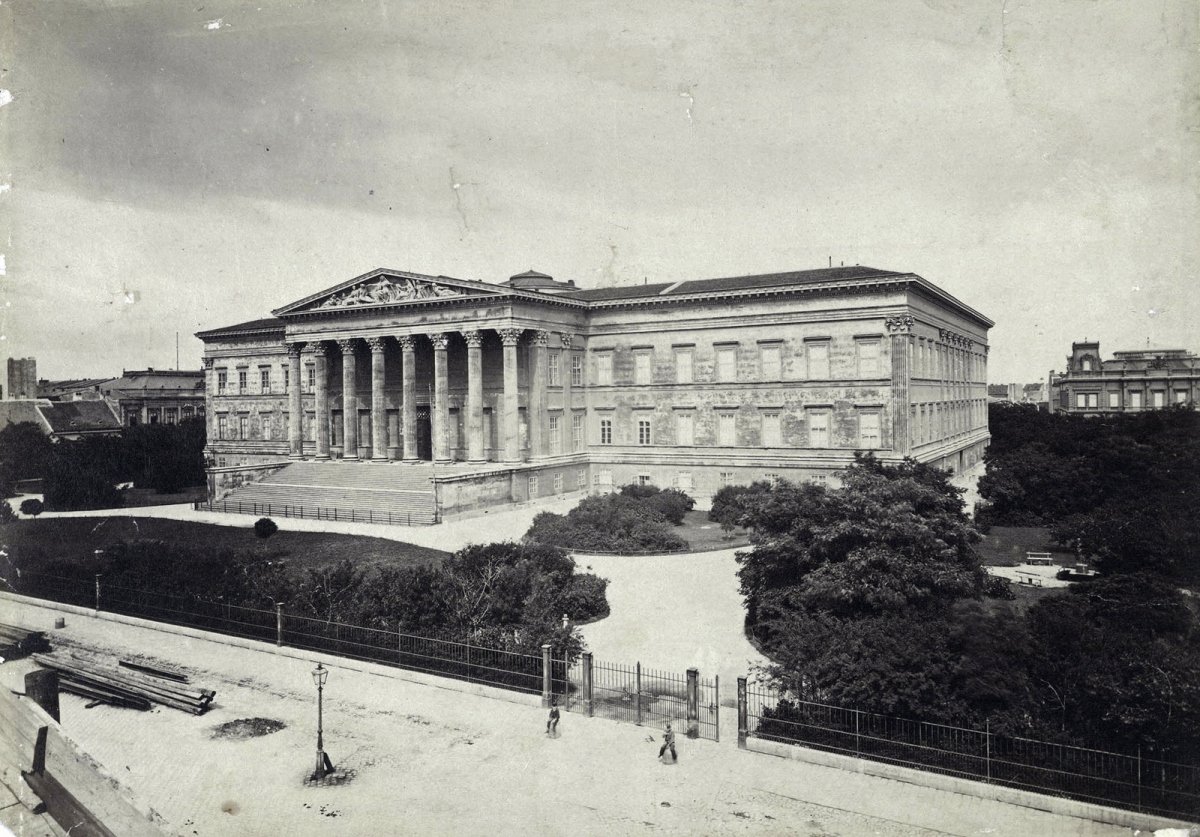The Hungarian National Museum is the first museum in the country in all respects. Its founder, Ferenc Széchényi, offered his own collection to the nation, which was the basis of the collection of the National Museum. The grateful nation recognized this noble deed of Ferenc Széchényi in 1807 with a separate law. In the following decades, the example of the Hungarian lord was followed by many, not only nobles, but also ordinary citizens, so the treasures of the National Museum were ever expanding.
However, the museum did not have its own independent building, and the growing collection was housed in temporary buildings. For a long time, the museum operated in the old building of the university, but the question also arose as to whether the treasures should not be taken to a well-protected place, such as the Komárom fortress. In the early 1800s, during the Napoleonic Wars, there was also an opinion that it was not good if all the country's art treasures were kept in an “open city” like Pest, which could even fall into the hands of the enemy.

The plan of the museum building planned for today's Kossuth Lajos Street is from 1807, the work of János Hild (Source: FSZEK Budapest Collection)
Finally, after a long search, they found the right future site for the museum. Among the selection criteria was, for example, fire safety, so they did not want to place the new museum in a densely built-up part of the city, such as the previously suggested place,Hatvani Street, today's Kossuth Lajos Street. The seemingly ideal plot, on which buildings were already standing, was bought by the state in 1813 from Count Antal Batthyány. The collection then moved here, to the suburbs, to the modest buildings that existed there, but no one thought this building complex was suitable for the National Museum, so it was anticipated that a major investment would be needed.
The unsustainable situation was remedied by the Parliament of 1832–1836, when it voted for a very considerable sum, five hundred thousand forints, for the purpose of an independent museum building. Article XXXVII of 1836 stated:
„ § No. 1 A sum of 500,000 forints is offered for the future erection of a new building on the site of the Institute for the placement and protection of the collections; which will be collected in the Legislatures only in the order of the nobility, and among those whom the Law understands under this name, and shall be collected in accordance with the ordinance of the 2nd Act of 1807. ”
So no new plot of land was sought, there was the area purchased in 1813, and there was enough space for a new museum building next to the buildings on it. The plot was then so far from the interior of the city that alfalfa was grown in the undeveloped area.

Carl Vasquez's drawing of the future museum made in 1837 (Source: FSZEK Budapest Collection)
The law is also interesting in other respects, as it collected half a million forints exclusively from the nobles, that is, from the privileged order that had been exempt from all taxes until then. The concrete construction was put together by Palatine Joseph, and his prestige was needed for this incorruptible amount to come to fruition. The palatine commissioned Mihály Pollack, first to estimate how much building material he needed.
He was soon commissioned to draw up the plans, but the palatine sent them to the director of the Viennese academy, Pietro Nobilé of Italy, for approval and review, as a similar building had hardly been built in the whole empire, and he also had some remarks that Pollack incorporated into his plan. The almost final drawings were once again commented on by the Italian master, and they were finally approved by the palatine in the spring of 1837. There was no delay in the construction, because by that time the necessary building materials had actually started to be assembled on the site, and so on 5 July 1837, the Hazai 's Külföldi Tudósítások reported that the construction had started:
“ The foundation of the new building of the‘ National Museum ’began to be dug on the 22nd of June in the garden area of the present, where the old memories stand. “This great building, as we hear it, will stand in the middle of the plot of the‘ Museum ’, surrounded on all sides by a space 30 miles wide, with a pretty dam on four streets. Stone and bricks have been carried in large quantities to the 'great courtyard' since last summer. '
The construction started on 22 June 1837. They didn’t slack off because on 3rd July the walls were being constructed already.

The surroundings of the museum are rather rustic in the engraving of Rudolf Alt in 1853 (Source: FSZEK Budapest Collection)
The building of the new National Museum was already suitable for exhibiting the rich painting material donated by the Archbishop of Eger, László János Pyker, in 1846. The construction was completed in 1847, and since then the majestic building of the Hungarian National Museum has stood on the Múzeum Boulevard.
By this time the garden had been completed to some extent, although it was only bounded by an iron fence on the other sides of the city. The environment was also rural, with many single-storey houses in the vicinity of the National Museum, which was changed only by the construction work started before the compromise: the old Parliament House was built on the side of the museum in 1865 (today's Italian Institute on Sándor Street) and many aristocratic residences, the earliest of which was the Festetics Palace in 1865.
Cover photo: The building of the National Museum in 1879, photographed by György Klösz (Photo: Fortepan, Budapest Archives. Reference No.: HU.BFL.XV.19.d.1.05.053)




































Hozzászólások
Log in or register to comment!
Login Registration